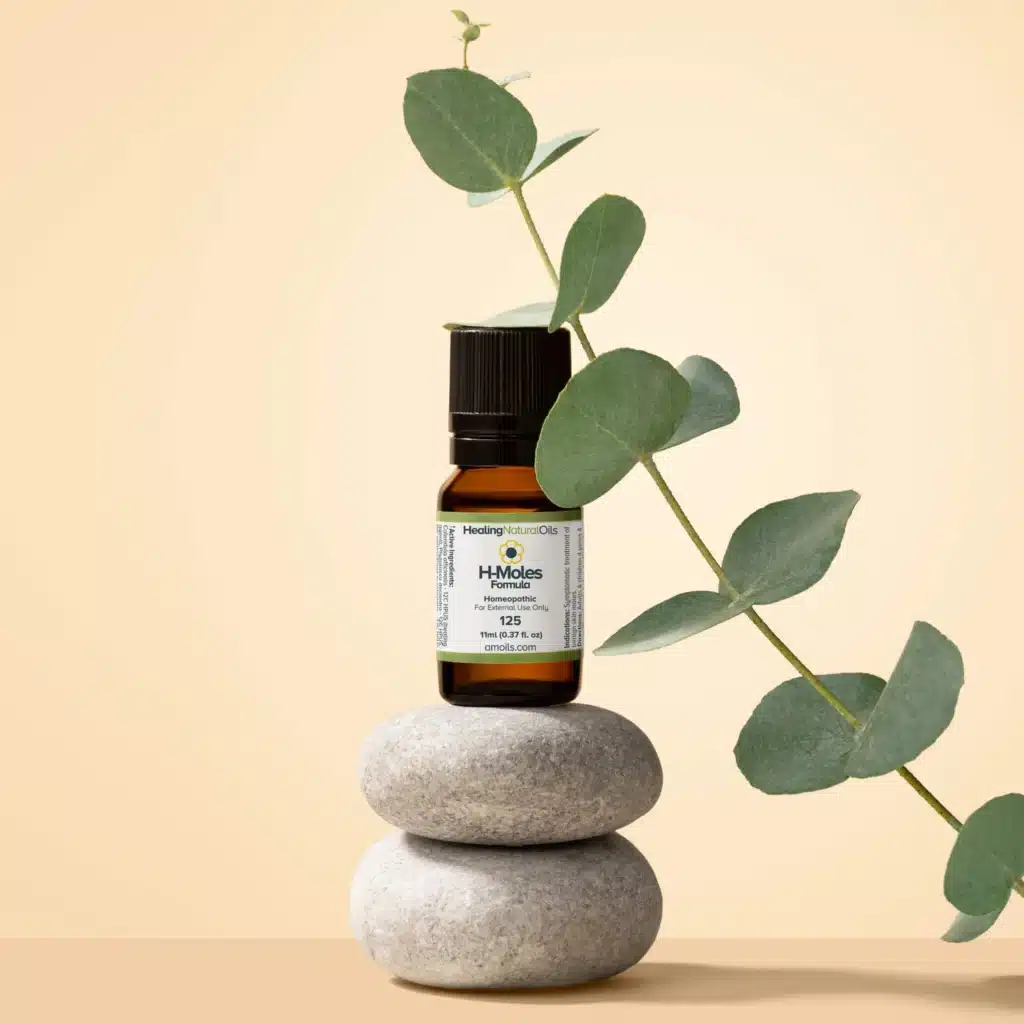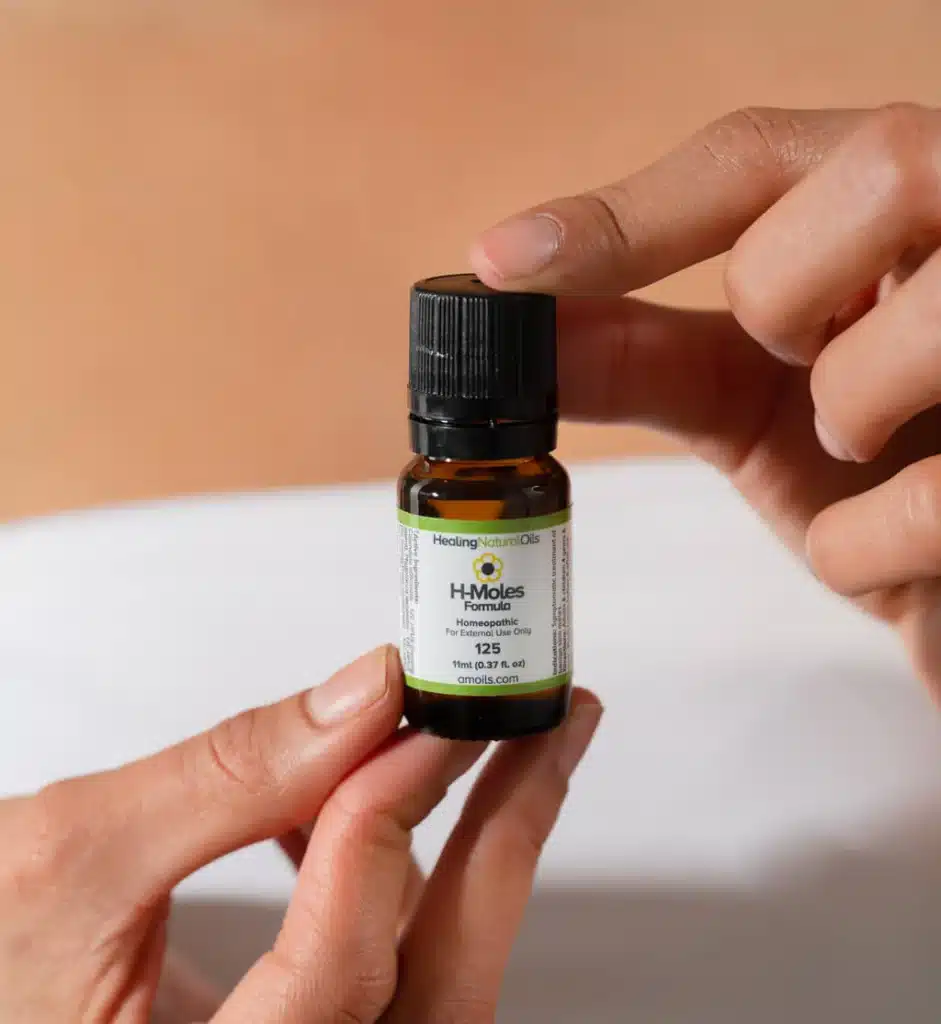
Most of us have at least one mole somewhere on our skin. For some, these small, dark spots add character. For others, they can feel distracting or even affect confidence. That’s why so many people look for gentle, scar-free ways to deal with them. While medical procedures like laser treatments and surgical removals are reliable, there’s growing interest in natural mole removal methods that can be tried at home without harsh side effects.
If you’ve ever wondered whether home remedies can help reduce the look of moles without leaving scars or causing pain, you’re not alone. Let’s walk through what you need to know before you start experimenting with natural solutions.
Why Do Moles Show Up in the First Place?

Moles form when pigment-producing cells, known as melanocytes, grow in clusters. They can appear at birth or develop later in life due to genetics, hormones, or frequent sun exposure. Most are harmless, but their appearance can make people self-conscious, especially if they’re located on the face or neck.
While it’s tempting to search for quick fixes, it’s important to remember that not all moles are the same. Some are flat, others raised, and a few might even change over time. Any mole that looks irregular in shape, changes in color, or causes discomfort should always be checked by a dermatologist before trying home remedies. Safety should always come first.
Gentle Remedies People Often Try


For centuries, people have turned to nature for skincare. While science hasn’t confirmed that natural mole removal remedies can completely erase, some ingredients are believed to help fade their appearance gradually.
Apple cider vinegar is one of the most talked-about options. Its natural acids are thought to break down pigmented cells when applied carefully. Another common suggestion is garlic. Traditional remedies describe placing crushed garlic on a mole to weaken the cluster of skin cells, but it must be done with caution since garlic can easily burn sensitive skin.
On the softer side, aloe vera is a safe choice for soothing the skin. While it may not remove a mole, its hydrating properties can help calm irritation if you’re trying other methods. Similarly, tea tree oil is popular for its antibacterial benefits, and some believe regular application can lighten small spots over time. The results may not be instant, but these gentle methods allow people to feel more in control of their skincare journey.
The Importance of Being Patient

One of the biggest challenges with natural remedies is time. Unlike medical treatments, which often show results within days or weeks, natural mole removal methods require consistency and patience. You may need to apply a remedy daily for several weeks before noticing any difference.
This slower process isn’t necessarily a bad thing. Giving your skin time reduces the chances of irritation, scarring, or other unwanted effects. Many people also find that focusing on consistent self-care—whether it’s applying aloe vera nightly or protecting their skin from the sun—helps them feel more connected to their wellness routine.
The key is setting realistic expectations. Natural remedies might help fade a mole’s appearance, but they’re unlikely to erase it completely. And that’s okay—sometimes a softer, more natural result feels just as satisfying as a dramatic one.
When to Stop Home Experiments
It’s tempting to keep applying home treatments until you see changes, but it’s just as important to know when to stop. If you experience redness, burning, itching, or swelling, it’s best to pause immediately. Skin health should always take priority over cosmetic goals.
Some moles should never be touched at home. If a mole looks irregular, has uneven borders, or changes in size or color, it could be a sign of something more serious. In such cases, seeing a dermatologist isn’t just a suggestion—it’s a necessity. Professional guidance ensures you’re not putting your health at risk for the sake of clearer skin.
Finding Balance Between Nature and Medicine

At the end of the day, natural mole removal is less about finding a magical cure and more about exploring gentle alternatives that align with your comfort level. Some people are happy to stick with home remedies for minor cosmetic concerns, while others prefer the quick certainty of professional treatments. Both approaches have value, and sometimes a combination works best.
Think of it like this: natural remedies can be a first step for those who want to try something gentle and affordable. If results don’t meet your expectations, you can always move to medical options later with the reassurance that you tried the safest natural route first.
- 0shares
- Facebook0
- Pinterest0
- Twitter0


